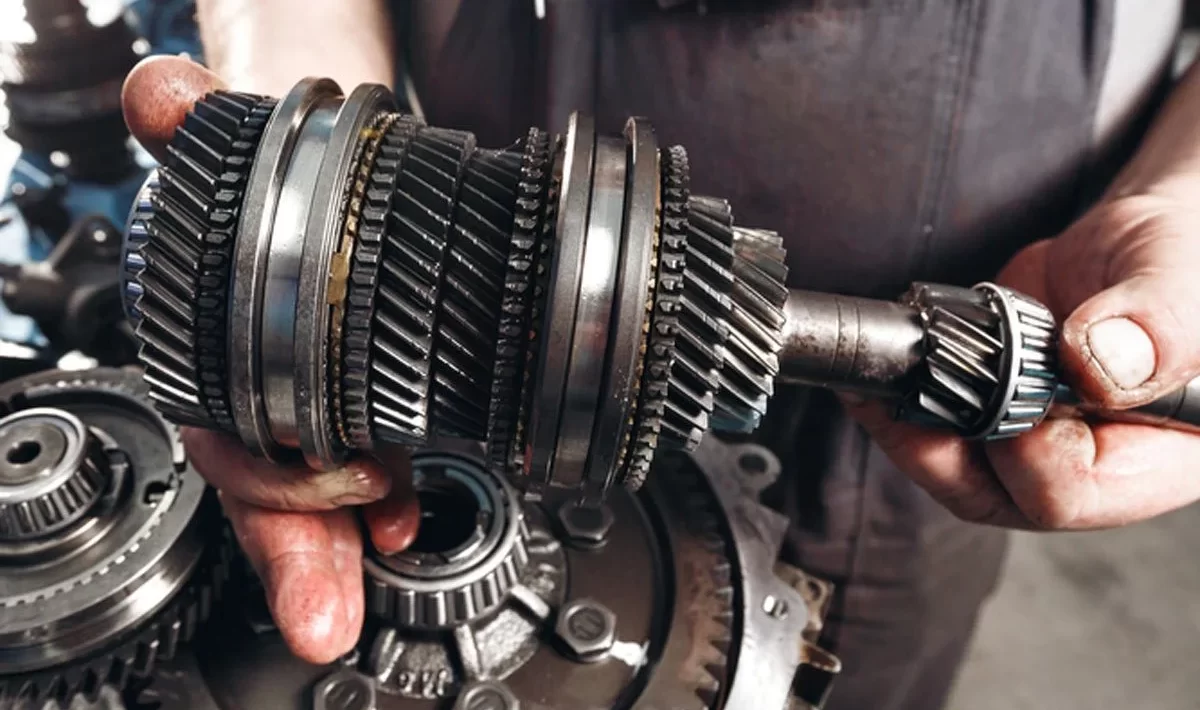A transfer case is an essential component of vehicles that are 4WD or all-wheel drive. The part works by splitting up engine torque and sending it to both the front and back wheel axis. Please note that vehicles that are continually in all-drive mode have the simplest transfer case type, while those that have different drive modes have a more advanced and complex transfer case.
You need to note that transfer cases wear out over time and need repair or replacement. The case also needs care to function optimally for the longest time. Keep reading to learn more about transfer cases.
Table of Contents
How a Transfer Case Works
Typically, Chevrolet transfer cases are found at the rear of the transmission and allow drivers to switch to 4WD or AWD from 2WD and vice versa. Please note that most transfer cases have several modes, such as two-high, neutral, four-low, and four-high, allowing the driver to pick the perfect mode depending on the driving needs/situation. The transfer case splits and sends power to the back and front wheel axis, allowing the driver to navigate tough terrain.
Signs of a Damaged Transfer Case
Although Chevrolet transfer cases are built to last for years, they can go bad due to wear and tear, poor driving habits, and impact damage. Here are a few signs of a damaged or failing transfer case;
Trouble shifting gears – If you are having trouble shifting to higher and lower gears, please know that your vehicle transfer case might be damaged. This is likely to happen when fluid leaks from the transfer case, lowering fluid pressure, which affects the shifting of gears.
4WD warning light – latest AWD and 4WD vehicle models have advanced computerized systems. If the vehicle has a problem, a light will illuminate on the dashboard. So if you see a 4WD light on your dashboard, know that the transfer case might have a problem and needs to be checked.
4WD won’t engage or disengage – This is the most common transfer case problem most drivers come across. If the 4WD drive mode doesn’t engage or disengage, please know that the transfer case might be severely damaged. This is likely to happen after impact damage or fluid leakage.
Drive mode won’t stay in 4WD – Another symptom of damaged Chevrolet transfer cases is difficulty staying in 4WD. If the transfer case has worn-out parts, your vehicle may not stay in four-wheel drive mode. Another cause may be leaking transfer case fluid.
Unusual Noise – If you hear an unusual noise when you engage the four-wheel drive, please know that the transfer case may be worn out and needs servicing or replacement.
What to Do When the Transfer Case Fails
The transfer case can fail when you need it most or when you least expect it. But what should you do if you notice symptoms of a damaged transfer case? Here are some tips;
Disengage 4WD, if possible – If you notice that the transfer case has a problem, you should not engage the four-wheel drive. If you do, you might damage the entire transfer case and the transmission system.
Repair the transfer case – The next thing is to hire an experienced transmission mechanic or take your car to a repair shop for repair. If the case is not severely damaged, it will be fixed.
Replace the damaged transfer case – Another option is to replace the transfer case. If the transfer case is damaged beyond repair, you should buy a new one from a top-rated Chevrolet transfer cases shop. Then hire an expert to install it for you.
How to Care for Your Vehicle Transfer Case
Proper driving habits – Poor driving habits can make your vehicle transfer case wear out more quickly. For instance, if you shift from one mode to another when the car is at high speed, you will damage the unit. Hitting potholes and speed bumps at high speed can also damage the transfer case.
Change/Top Up transfer case fluid – Typically, you should replace transfer case fluid every 50,000km. However, you can change it sooner, depending on how you use your vehicle. Also, check the fluid level regularly and top up when necessary.
Regular professional inspection – Taking your car for inspection is vital. The mechanic will easily notice signs of a failing transfer case and fix it on time. Without inspection, the transfer case might fail when your least expect it.





